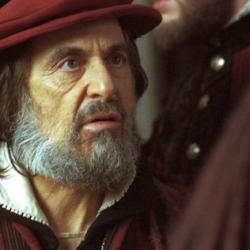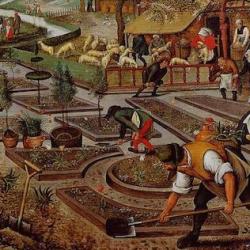What sets Western economies apart, Hernando de Soto argued in The Mystery of Capital , is not sheer physical stuff. One can have a lot of stuff without having capital. What makes it productive as capital are two “non-economic” factors.
The first is imagination: “Capital, like energy, is a dormant value. Bringing it to life requires us to go beyond looking at our assets as they are to thinking actively about them as they could be” (43).
The second is symbolism, representation of stuff in ways that the mind can easily grasp: Converting stuff into productive capital “requires a process for fixing an asset’s economic potential into a form that may be used to initiate additional economic production” (43). Because Western economics fix the potential of assets, disperse information in a single accessible system, hold people accountable, make assets fungible, facilitate networking, and protect transactions, the physical wealth of Westerners does more than supply immediate needs: “Westerners’ houses no longer merely keep the rain and cold out . . . . these houses can now lead a parallel life, doing economic things they could not have done before” 62). This is because the houses are “endowed with a representational existence.” Capital is only tangible if “the property system can record its economic aspects on paper and anchor them, to a specific location and owner” (62-63).
Imagination and representation: Who knew that Western prosperity depends on a poetic turn of mind?










